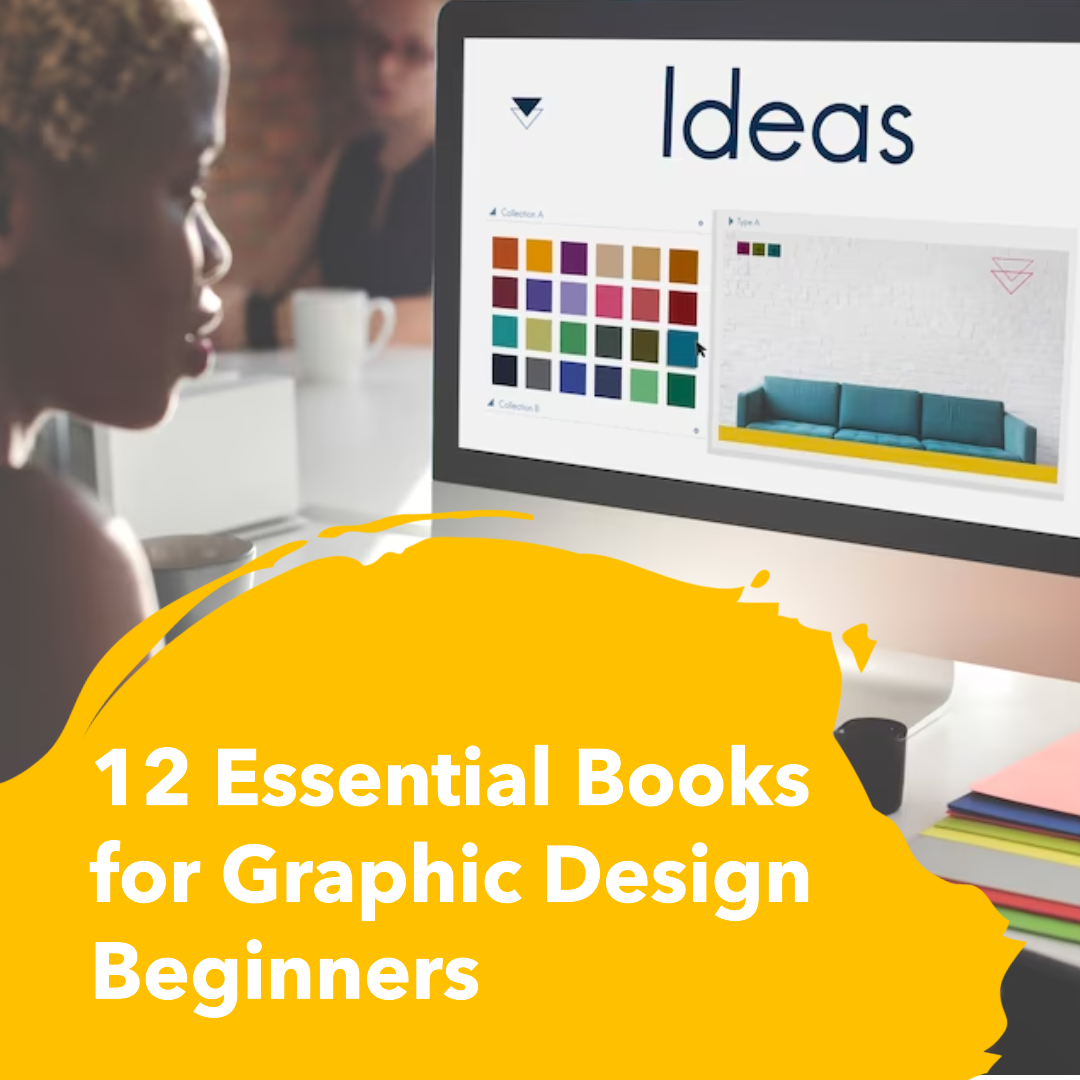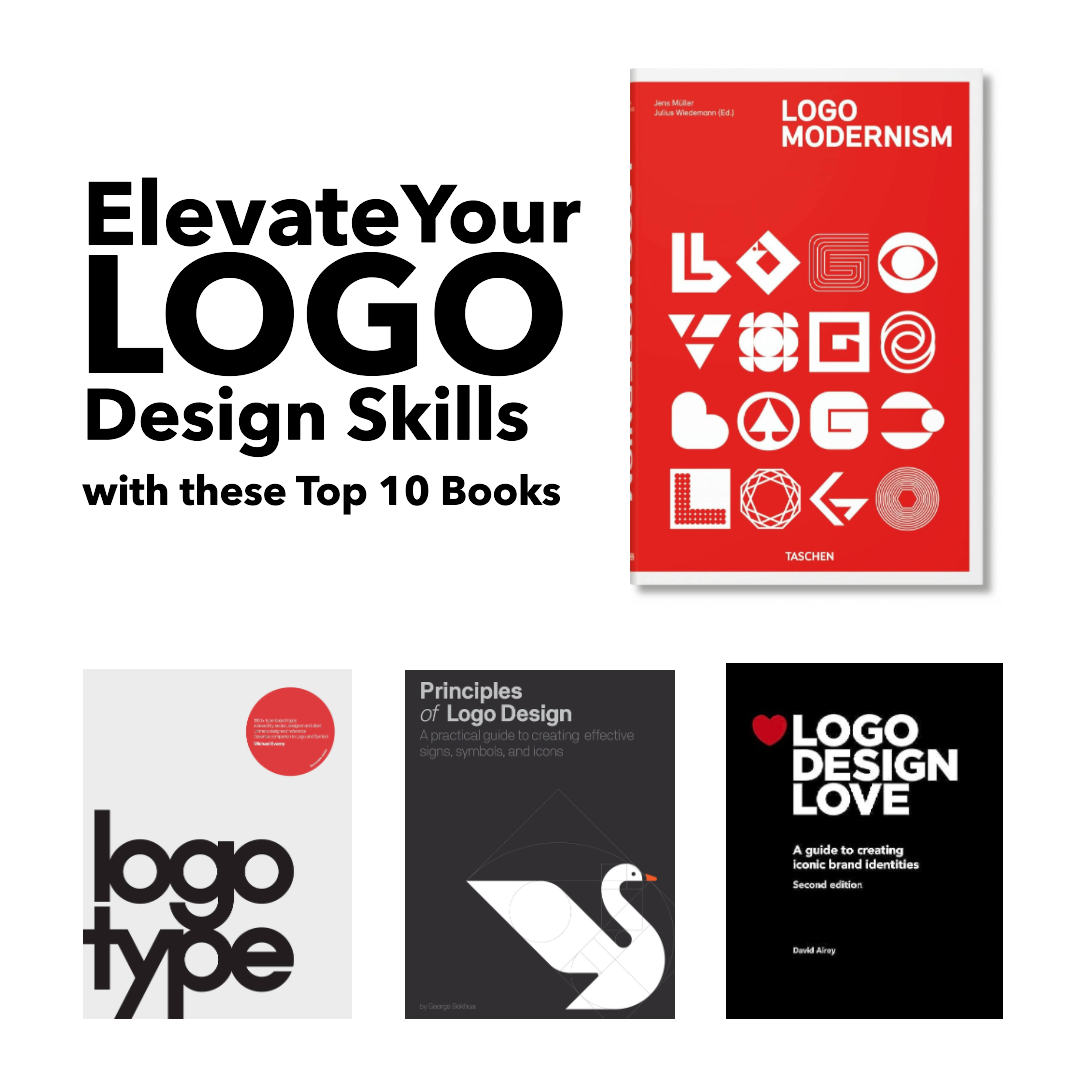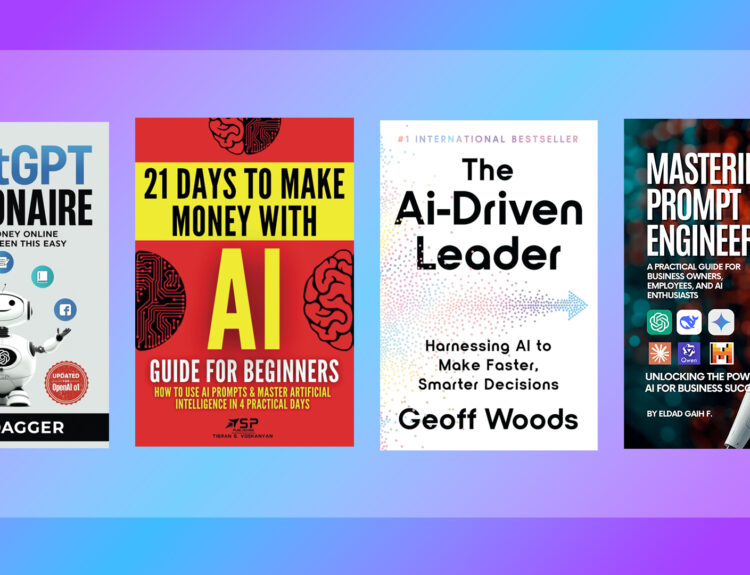User experience (UX) design is the process of creating products and services that are easy to use, enjoyable, and accessible to everyone. It’s a complex field that encompasses a wide range of skills and disciplines, but it’s also an incredibly rewarding one.
If you’re interested in becoming a UX designer, there are a few essential things you need to know. First, you need to have a strong understanding of the principles of user-centered design. This means putting the user at the center of everything you do and designing products around their needs and wants.
Second, you need to be able to conduct user research and analyze data to understand how users interact with products. This information can then be used to improve the design of existing products and create new ones that are even better.
Finally, you need to be able to communicate your ideas effectively to both technical and non-technical audiences. This means being able to create wireframes, prototypes, and other visuals that clearly illustrate your design concepts.
Table of Contents
Overview
This blog post introduces 10 essential UX design books for beginners. These books cover a wide range of topics, from the basics of user-centered design to more advanced concepts such as user research and data analysis.
The first two books on the list, Think Like a UX Researcher by David Travis and Philip Hodgson and UX for Beginners by Joel Marsh, are a great place to start for beginners. They provide a comprehensive overview of the UX design process and cover the basics of user research, prototyping, and testing.
The next two books, Lean UX by Jeff Gothelf and Josh Seiden and Inspired: How to Create Tech Products Customers Love by Marty Cagan, are more advanced and focus on specific aspects of UX design, such as product strategy and development.
The remaining books on the list cover a variety of other topics, such as design thinking, the psychology of UX design, and the history of UX design.
If you’re serious about becoming a UX designer, I encourage you to read as many of these books as you can. They will provide you with the knowledge and skills you need to create user-friendly and engaging products and services.
10 UX Design Books That Will Make You a Better Product Designer
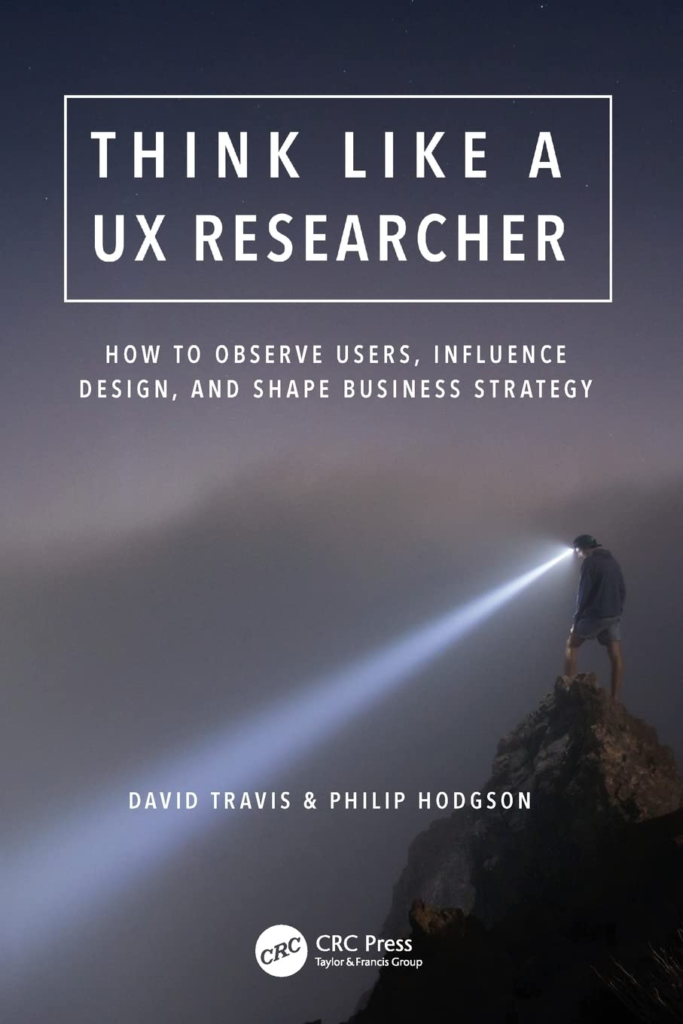
Think Like a UX Researcher: How to Observe Users, Influence Design, and Shape Business Strategy 1st Edition by David Travis and Philip Hodgson
Think Like a UX Researcher challenges preconceptions about UX research, offers practical advice, and encourages a strategic view of product design. The book includes exercises, scenarios, and workshop ideas to improve knowledge and build team maturity. Additionally, seasoned researchers share war stories to demonstrate tailoring UX research methods to individual organizations. Suitable for UX Researchers, Designers, Project Managers, Scrum Masters, Business Analysts, and Marketing Managers.
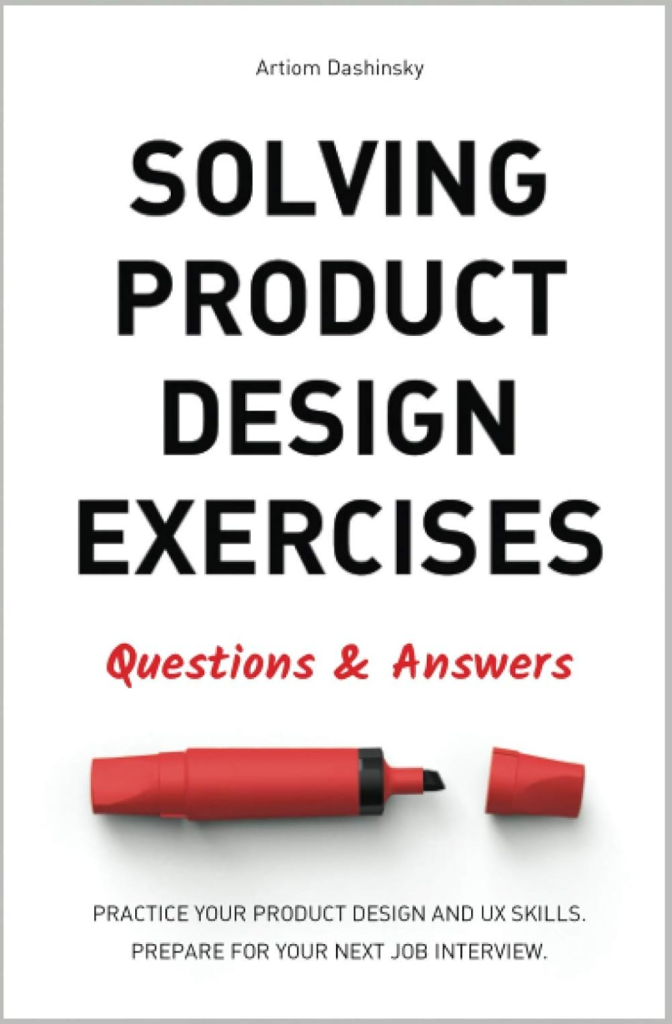
Solving Product Design Exercises: Questions & Answers Paperback by Artiom Dashinsky
This book offers exercises to help designers practice product design and UX skills, preparing them for job interviews. It includes challenges such as redesigning the NYC metrocard system and an ATM, as well as designing a dashboard for a general practitioner. The book teaches how to solve and present these exercises, which are commonly used by top startups when interviewing designers for product design and UI/UX roles. It also provides a 7-step framework for solving product design exercises, 30+ examples of exercises used by companies like Google and Amazon, 5 full solutions for product design exercises, and 5 short interviews with design leaders from companies such as Apple and IDEO. The book aims to help designers become more business-minded and improve their portfolios with relevant product challenges.
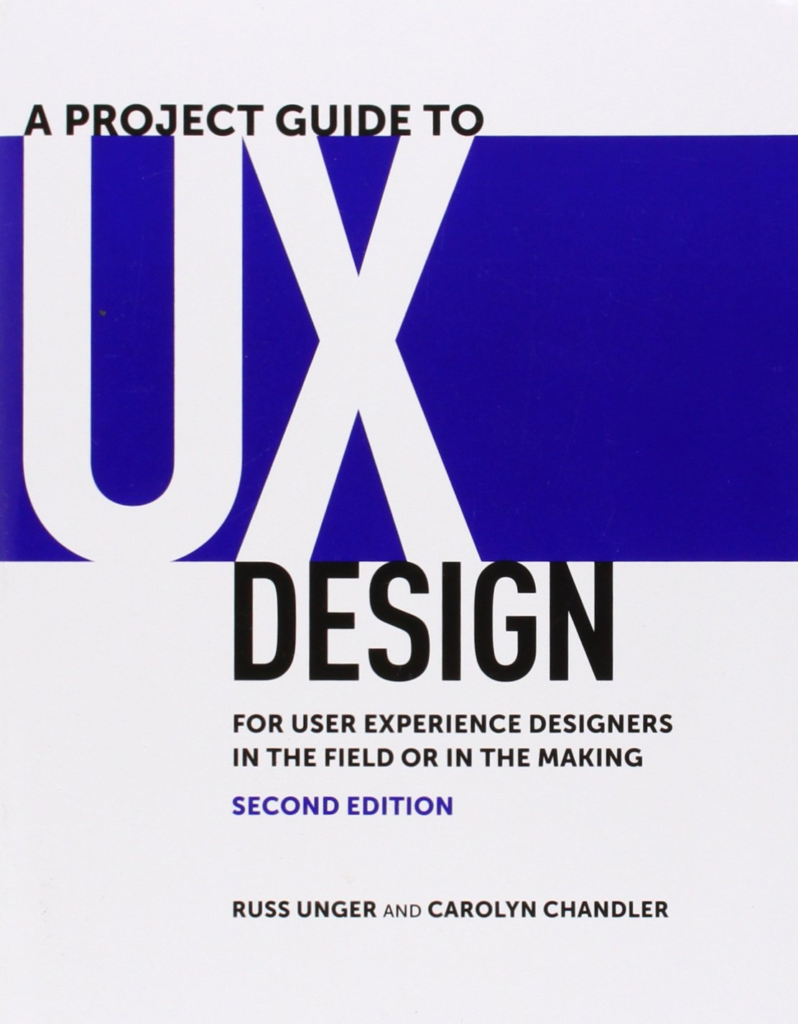
Project Guide to UX Design, A: For user experience designers in the field or in the making (Voices That Matter) 2nd Edition by Russ Unger & Carolyn Chandler
This book is a practical guide to UX design projects. It covers everything from planning and kickoff to user research, prototyping, testing, and launch. User experience design is the creation of a functional and user-friendly website or application that meets the needs of both the site owner and its users. Successful UX design requires more than just knowledge of web technologies and design trends, but also diplomacy, management skills, and business savvy. The updated edition of this book provides new information on design principles, mobile and gestural interactions, content strategy, remote research tools, and more. It covers topics such as identifying stakeholders, obtaining consensus from team members, understanding different approaches to UX design, conducting user research, creating personas, designing and prototyping, and planning for development and product rollout.
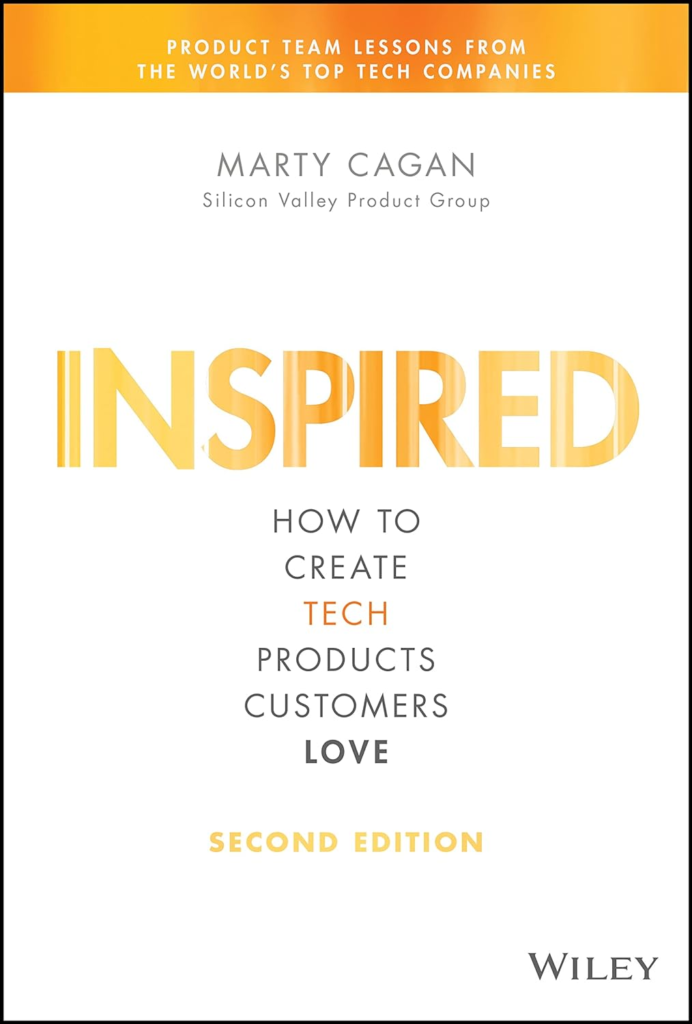
Inspired: How to Create Tech Products Customers Love (Silicon Valley Product Group) 2nd Edition by Marty Cagan
This book is a must-read for anyone who wants to learn how to build successful tech products. It covers everything from product strategy to development to launch.
Learn how successful tech companies design, develop, and deploy products that billions of people love. In INSPIRED, Marty Cagan provides a master class on structuring and staffing a successful product organization, discovering the right product, embracing an effective process, and creating a strong product culture. The book includes personal stories and profiles of successful product managers and companies like Adobe, Apple, Google, and Netflix. This thoroughly updated second edition shares the latest practices and techniques of successful tech product companies.
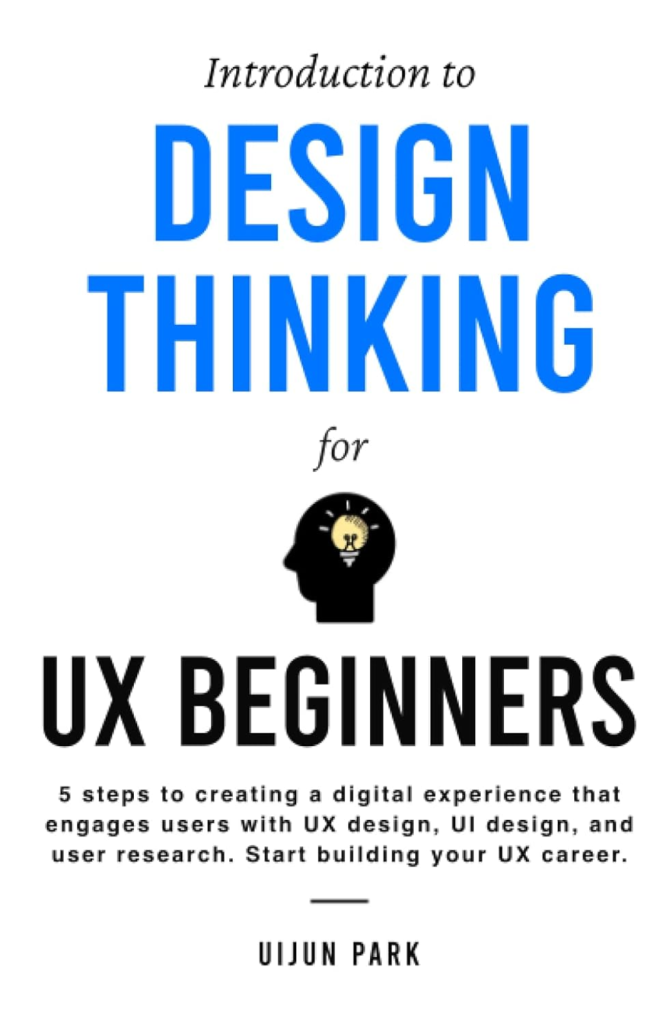
Introduction to Design Thinking for UX Beginners: 5 Steps to Creating a Digital Experience That Engages Users with UX Design, UI Design, and User Research. Start Building Your UX Career by Uijun Park
This book is a great introduction to design thinking, a popular approach to UX design. It covers the five steps of the design thinking process in detail and provides examples of how they can be used to create successful digital products. UX design is crucial to success in any online business. A negative user experience can lead 89% of consumers to use a competitor, while a well-designed and strategic user experience can boost conversion rates by 400%. UX design is a field of growth and potential, and this guide provides comprehensive yet straightforward information on the fundamentals of UX design, its impact on business success, the difference between UX and UI design, essential design thinking steps, industry-proven principles, and much more. With this guide, you can establish a clear roadmap for a successful UX career and develop the skills to bring your ideas to life.
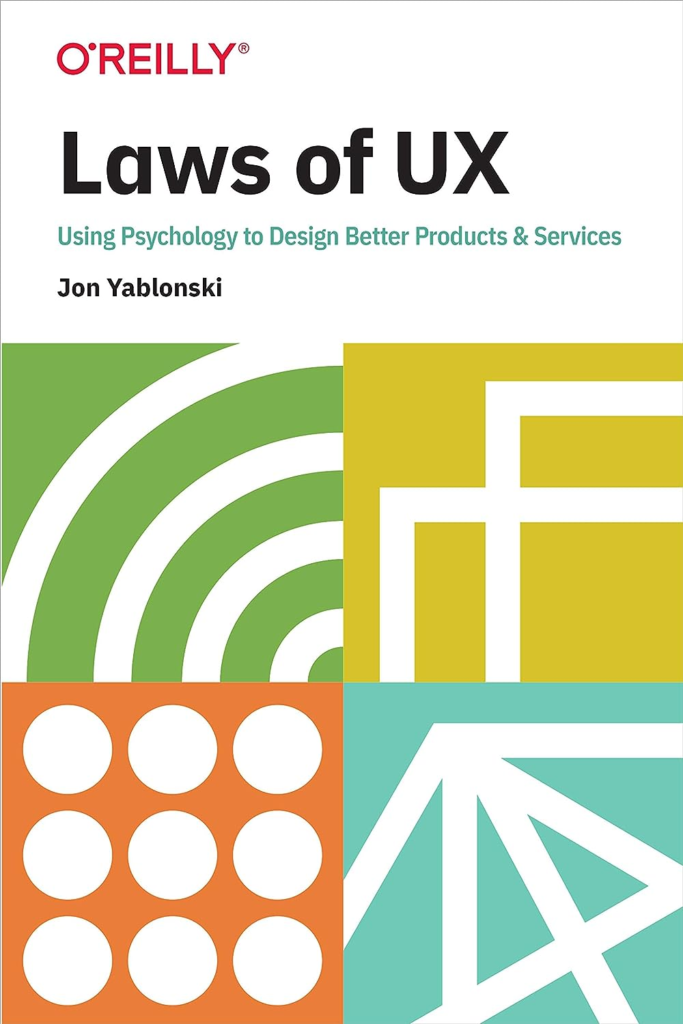
Laws of UX: Using Psychology to Design Better Products & Services 1st Edition by Jon Yablonski
This book provides an overview of the psychological principles that underlie UX design. It’s a great resource for learning how to design products that are both user-friendly and engaging.
Understanding psychology is crucial for designers to create effective digital interfaces that align with human perception and behavior. This guide by Jon Yablonski provides practical examples of how UX designers can apply psychological principles to build intuitive and user-centered experiences. Topics covered include the relationship between design aesthetics and positive responses, key psychology principles for designers, and predictive models such as Fitts’s law, Jakob’s law, and Hick’s law. The guide also addresses ethical considerations and offers a framework for applying these principles.
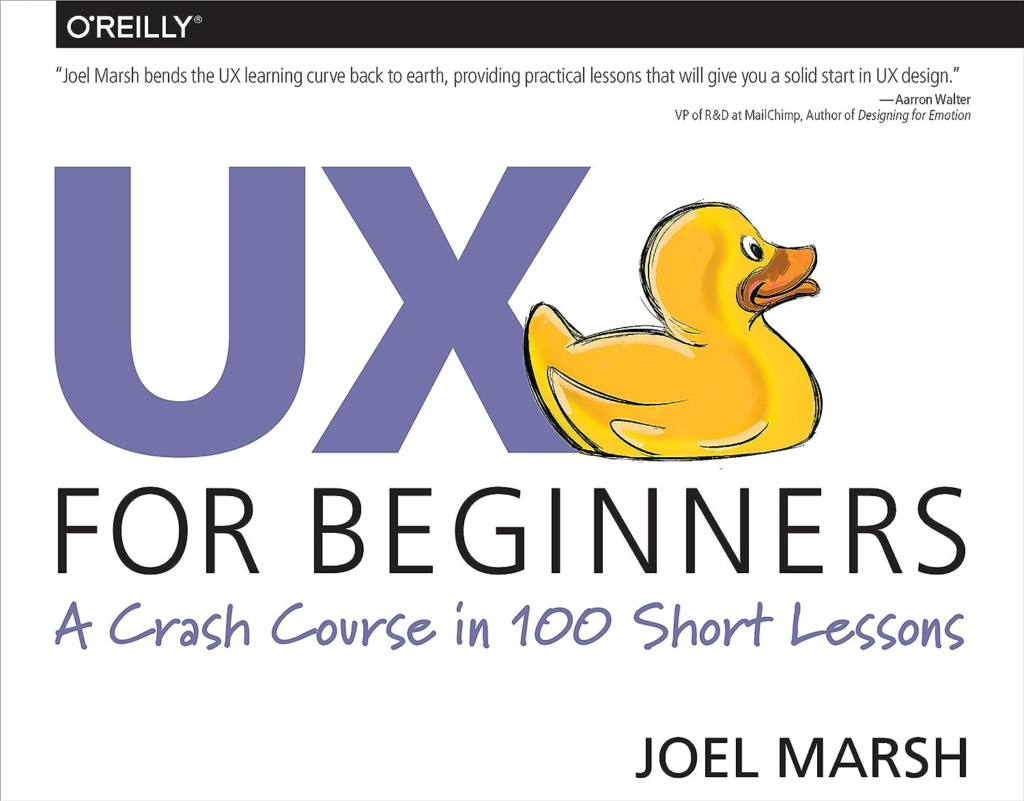
UX for Beginners: A Crash Course in 100 Short Lessons 1st Edition by Joel Marsh
UX for Beginners is a book that covers the fundamentals of user experience design in 100 self-contained lessons. Written by Joel Marsh, based on his popular UX Crash Course, the book is practical and humorous. It is suitable for non-designers who want to become designers, managers who teach UX, and others who want to learn more about UX. The book covers topics such as research, wireframing, design, and measurement.

Lean UX: Designing Great Products with Agile Teams 3rd Edition by Jeff Gothelf & Josh Seiden
Lean UX is a popular approach for digital product teams that combines human-centric design, agile methods, and business sense. The third edition of the book by Jeff Gothelf and Josh Seiden focuses on the product experience instead of deliverables, providing tactics for integrating user experience design, product discovery, agile methods, and product management. The Lean UX process can be facilitated with the Lean UX Canvas, and every project should start with clear customer-centric success criteria. Design work should take place in every sprint, and product discovery should be built into the team’s “velocity.”
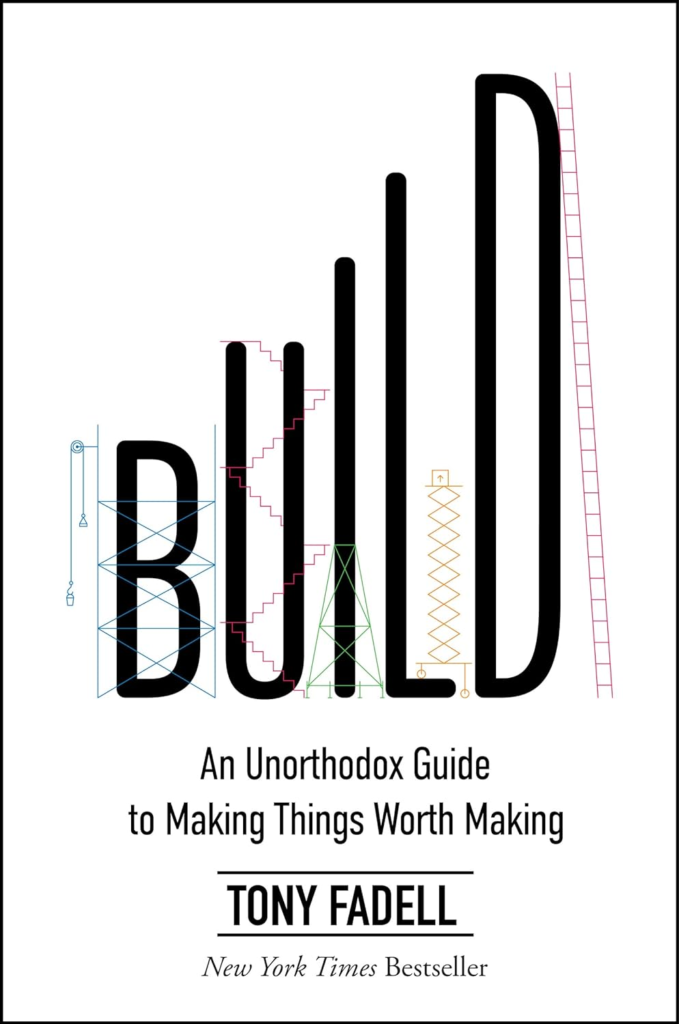
Build: An Unorthodox Guide to Making Things Worth Making Hardcover by Tony Fadell
Tony Fadell, creator of the iPod, iPhone, and Nest Learning Thermostat, shares his 30+ years of experience in Silicon Valley in his book “Build”. The book serves as an advice encyclopedia and mentor in a box for anyone looking to grow at work. Each chapter offers personal stories, practical advice, and insights into some of the most impactful products and people of the 20th century. Tony’s advice is unorthodox because it’s old school, but he’s learned that human nature doesn’t change. You don’t have to reinvent how you lead and manage, just what you make.
How to choose the right books for you
When choosing UX design books, it’s important to consider your level of experience and your interests. If you’re a beginner, I recommend starting with the first two books on the list. Once you have a good understanding of the basics, you can then move on to more advanced books such as Lean UX and Inspired.
If you’re interested in a specific aspect of UX design, such as user research or design thinking, you can choose books that focus on that topic. For example, if you’re interested in user research, you could read Think Like a UX Researcher and Laws of UX.
You can also read reviews of UX design books before you buy them to get an idea of what other people think of them. This can help you to choose books that are right for you and your needs.
Conclusion
If you’re serious about becoming a product designer, then reading books is a great way to learn the essential skills and knowledge you need. The 10 books featured in this blog post are a great place to start. They cover a wide range of topics, from the basics of user-centered design to more advanced concepts such as user research and data analysis.
I recommend starting with the first two books on the list, Think Like a UX Researcher by David Travis and Philip Hodgson and UX for Beginners by Joel Marsh. These books will give you a solid foundation in the fundamentals of UX design.
Once you have a good understanding of the basics, you can then move on to more advanced books such as Lean UX by Jeff Gothelf and Josh Seiden and Inspired: How to Create Tech Products Customers Love by Marty Cagan. These books will teach you how to apply UX design principles to real-world projects.
No matter which books you choose, make sure to read them actively and to apply what you learn to your own projects. The best way to become a good product designer is by doing.
In addition to reading books, there are a few other things you can do to learn UX design:
- Take online courses or tutorials. There are many great online resources available, both free and paid.
- Practice regularly. The best way to improve your skills is to practice regularly. Try creating different types of products, such as websites, apps, and physical products.
- Get feedback from others. Once you have created a product, ask others for feedback. This could be from friends, family, or other designers. Feedback can help you to identify areas where you can improve.
Learning UX design takes time and effort, but it is a rewarding skill to have. With hard work and dedication, you can become a successful product designer.
Recommendations
I recommend starting with the following books:
- Think Like a UX Researcher by David Travis and Philip Hodgson
- UX for Beginners by Joel Marsh
- Lean UX by Jeff Gothelf and Josh Seiden
These three books cover a wide range of topics, from the basics of user-centered design to more advanced concepts such as user research and data analysis. They are also all relatively easy to read, making them a good choice for beginners.
Once you have a good understanding of the basics, you can then move on to other books on this list, such as Laws of UX by Jon Yablonski or Build by Tony Fadell. These books cover more advanced topics and provide more in-depth insights into the UX design process.
No matter which books you choose, make sure to read them actively and to apply what you learn to your own projects. The best way to become a good UX designer is by doing.
I also recommend that you join the UX design community online and offline. There are many great resources available, such as blogs, podcasts, and meetups. Participating in the community is a great way to learn from other UX designers and to stay up-to-date on the latest trends and developments.
Good luck on your journey to becoming a UX designer!






